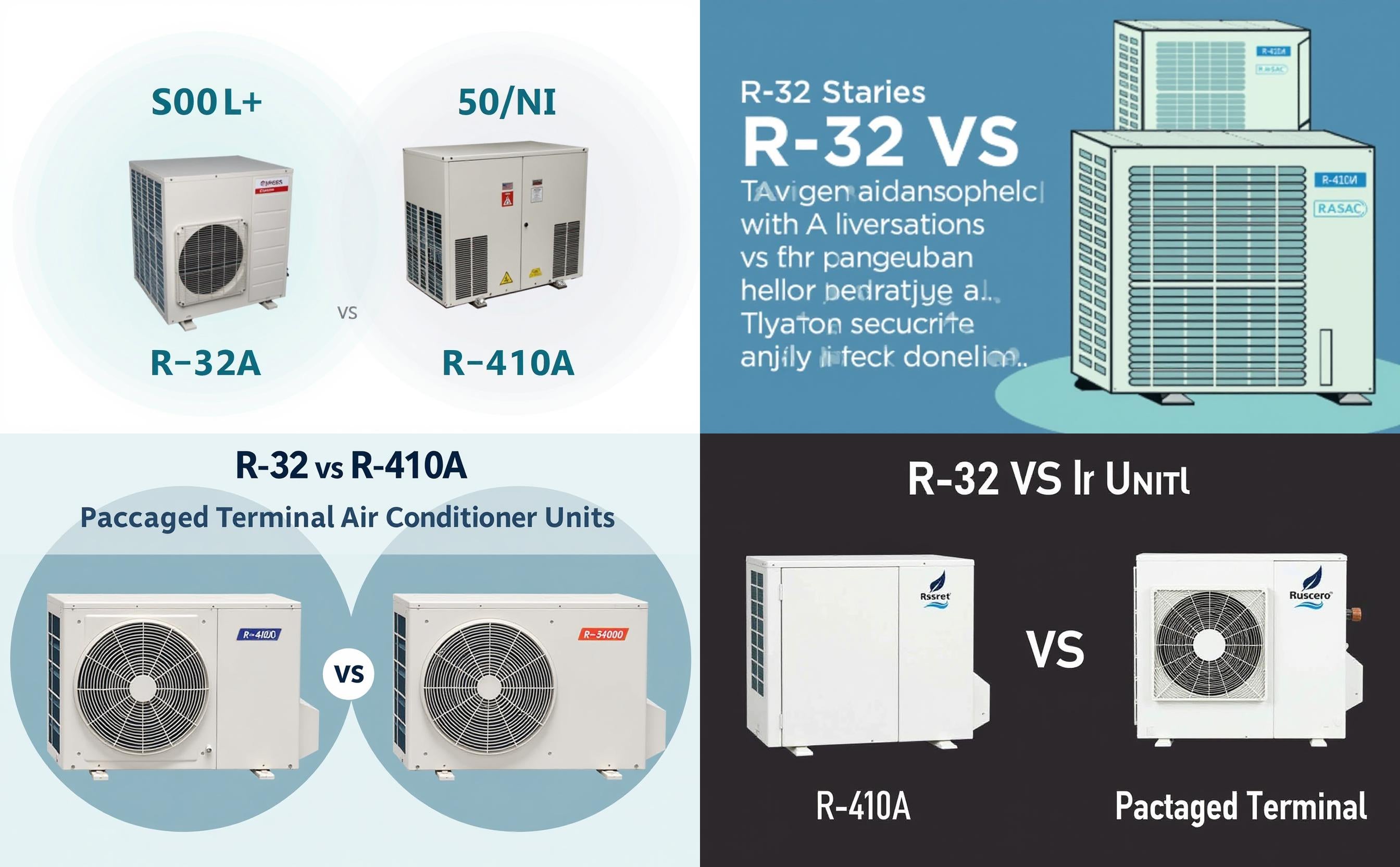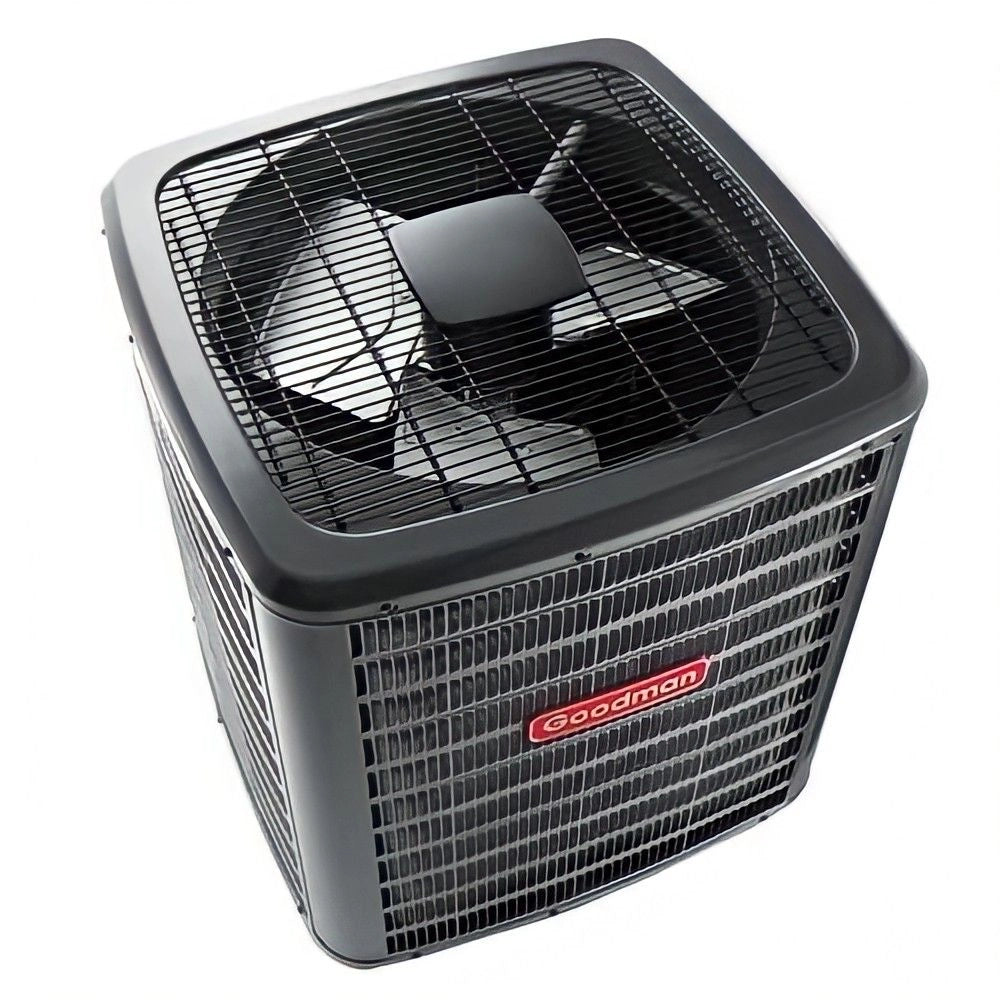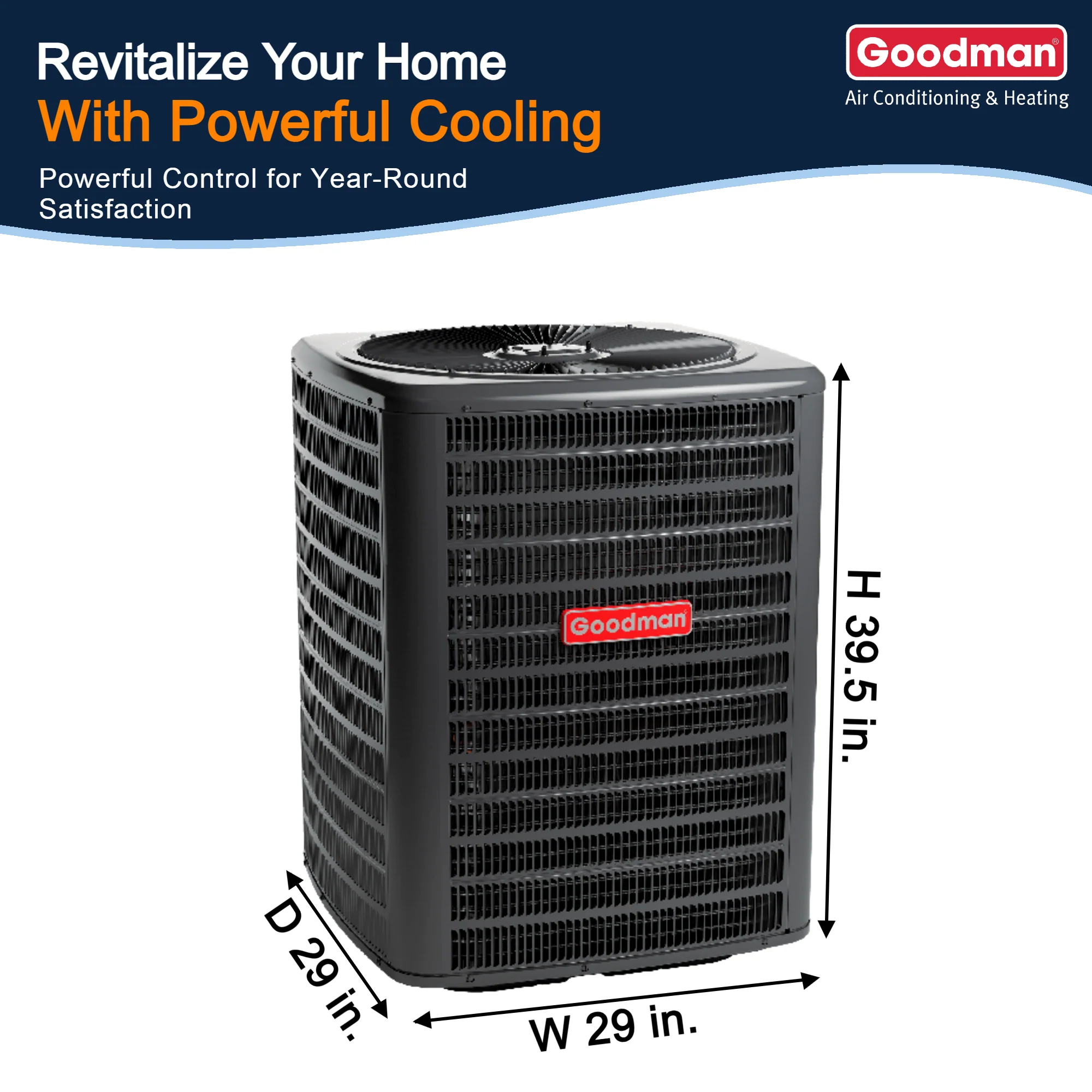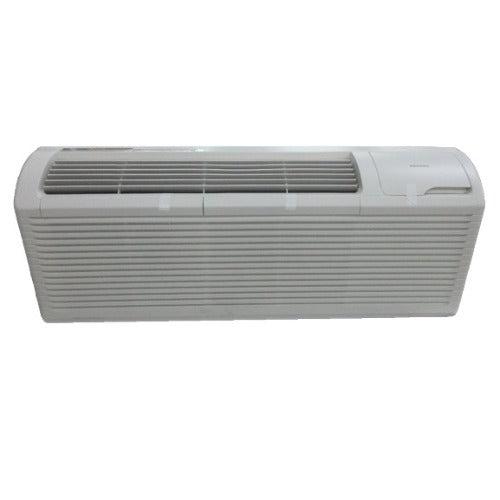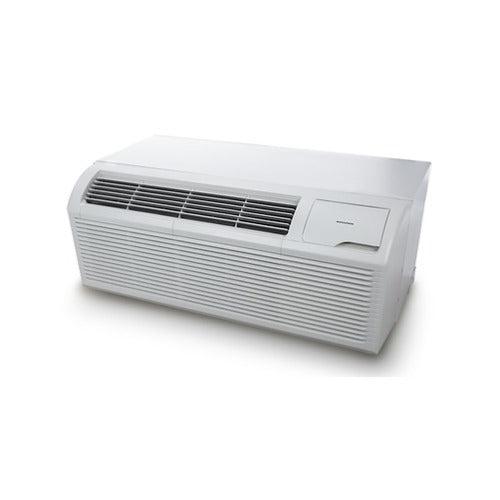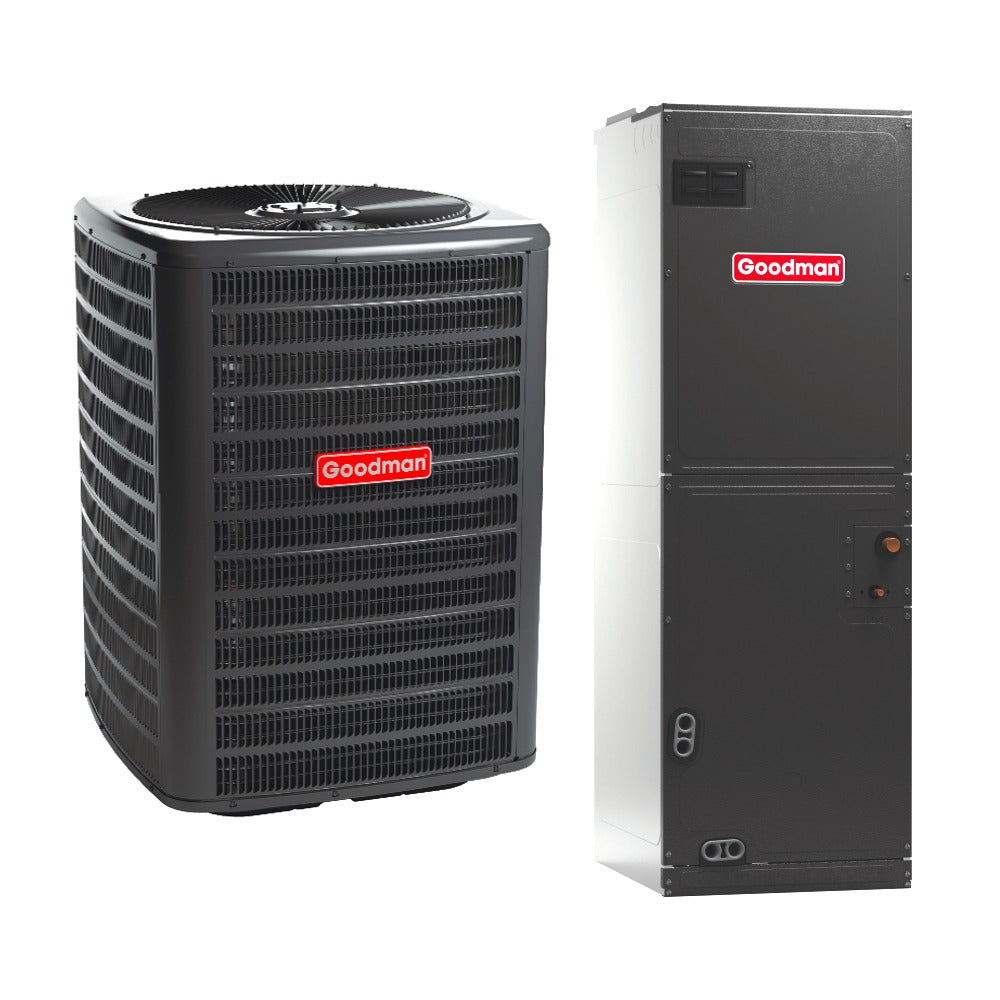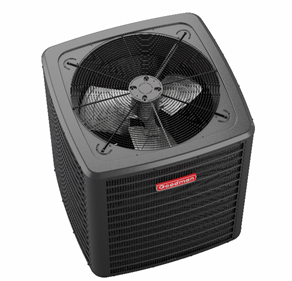R-32 vs. R-410A PTAC Units: Which is Better?
Introduction
As the HVAC industry transitions to more sustainable solutions, R-32 refrigerant is gaining traction over R-410A. If you're in the market for a new PTAC unit, understanding the key differences between R-32 and R-410A refrigerants can help you make an informed decision. R-32 is increasingly becoming the preferred choice due to its higher energy efficiency, lower environmental impact, and long-term cost savings.
What is R-32 Refrigerant?
R-32 is a next-generation hydrofluorocarbon (HFC) refrigerant that is widely regarded as a superior alternative to R-410A. It has one-third the Global Warming Potential (GWP) of R-410A and offers higher heat transfer efficiency, making it a more environmentally friendly and cost-effective choice for PTAC units.
What is R-410A Refrigerant?
R-410A has been a standard refrigerant in air conditioning systems for years. While it offers reliable performance, it has a significantly higher GWP and requires more refrigerant charge per unit compared to R-32. As environmental regulations become stricter, R-410A is being phased out in favor of more sustainable alternatives like R-32.
Key Differences Between R-32 and R-410A
| Feature | R-32 | R-410A |
|---|---|---|
| Energy Efficiency | Higher | Lower (DOE Efficiency Standards) |
| Global Warming Potential (GWP) | 675 | 2,088 (EPA Refrigerant Guidelines) |
| Charge Quantity Required | Less | More |
| Heat Transfer Efficiency | Higher | Lower |
| Cost Efficiency | More savings over time | Higher operational cost |
| Lifespan | Longer | Shorter |
| Refrigerant Leak Impact | Lower | Higher |
| Maintenance Needs | Lower | Higher |
Advantages of R-32 in PTAC Units
1. Improved Energy Efficiency
R-32 has a higher coefficient of performance (COP) compared to R-410A, meaning it requires less energy to produce the same cooling effect. This translates into lower electricity bills and a reduced carbon footprint for businesses and homeowners alike.
2. Lower Environmental Impact
Since R-32 has a significantly lower GWP compared to R-410A, it contributes less to global warming. Many countries are implementing regulations to reduce high-GWP refrigerants, making R-32 a future-proof choice.
3. Lower Refrigerant Charge Requirement
R-32 requires 30% less refrigerant charge than R-410A for the same level of cooling performance. This not only reduces costs but also minimizes potential refrigerant leaks.
4. Better Heat Transfer Properties
R-32 provides superior heat transfer efficiency, allowing PTAC units to cool and heat more effectively. This results in faster temperature adjustments and improved overall comfort.
5. Cost Savings Over Time
With its higher efficiency and lower maintenance requirements, R-32 leads to long-term savings in operational costs. While the initial unit price may be slightly higher, the savings in energy bills and maintenance expenses make it a wise investment.
6. Longer System Lifespan
Since R-32 refrigerant operates under lower pressure than R-410A, it places less strain on compressors and other components, leading to extended equipment life and fewer system failures.
Disadvantages of R-32
While R-32 offers many advantages, it does have a few minor drawbacks:
-
Mild Flammability: R-32 is classified as an A2L refrigerant, meaning it is mildly flammable. However, modern PTAC units are designed with enhanced safety features to mitigate any risks.
-
Higher Initial Cost: R-32 PTAC units may have a slightly higher upfront cost, but the long-term savings outweigh the initial investment.
Why HVAC Experts Recommend R-32 Over R-410A
HVAC professionals increasingly recommend R-32 PTAC units because they offer higher efficiency, lower emissions, and better long-term savings. Since environmental regulations are pushing for the phase-out of R-410A, switching to R-32 ensures regulatory compliance and a future-proof investment.
Conclusion
When comparing R-32 vs. R-410A PTAC units, R-32 emerges as the clear winner due to its superior energy efficiency, lower environmental impact, and long-term cost-effectiveness. As the world moves towards sustainable and eco-friendly HVAC solutions, R-32 is the refrigerant of the future. If you're planning to install or upgrade a PTAC unit, choosing an R-32 model is the best decision for efficiency, cost savings, and sustainability.

